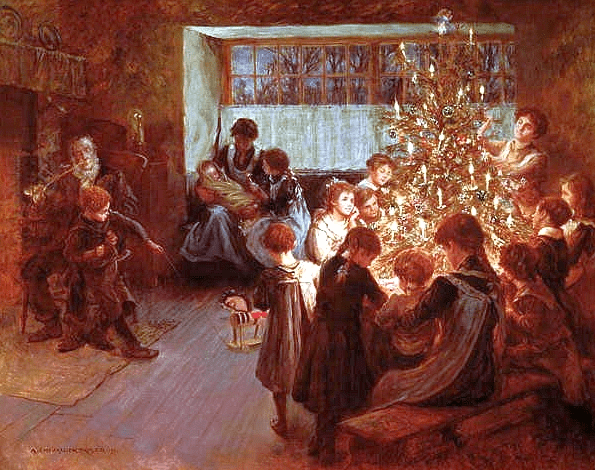Introduction: In this article, Gena Philibert-Ortega provides some helpful tips for how to preserve and share the family stories you gather during this Holiday Season. Gena is a genealogist and author of the book “From the Family Kitchen.”
With family members gathering for the Holiday Season, now is a great time to ask questions and hear stories about your family history. Once you’ve collected these stories, what do you do with the information? How do you preserve and share these family stories? And what does it mean to effectively share them?

To effectively share family history, it has to be preserved – and in order to be preserved, it needs to be copied and be of interest to those who are inheriting it. The following tips are some ideas on how to do exactly that.
Tip #1: Make Copies Available
Burning information to a CD, saving it on a flash drive, or uploading it to a cloud storage website or via an app might be the easiest way of sharing your latest family history finds. Depending on your family, how many people you will be sharing the information with, and their grasp on technology, your method for sharing these recent discoveries may differ. Years ago one of my cousins would write a Christmas letter detailing her latest research and findings. Each family received that and any documents that she found. These paper copies were then saved by families, ready to be discovered by future budding family historians. For current discoveries that I want to share, I have done everything from burning CDs for family members, to sharing via digital methods like a private virtual bulletin board on Pinterest showcasing family photos, or creating a shared folder on cloud storage site Dropbox.
Tip #2: Get Family Members Involved
So you’ve shared photographs, video or audio files – and even documents or family histories – with your family. Now what? Ask family members for something in return. Once they have viewed what you have provided, ask them for additional contributions. Do they have previously unshared photos that would illustrate the stories you shared? Do they have memories that can be audio recorded via an app or an audio recorder? Do they want to create a video that tells the “rest of the story” that you have started?
Too often family histories and memories are gathered – only to sit on a bookshelf, photo album, or the computer. Encourage recipients to treat the information you share as a “living document,” and either add to it or ask questions so that more information can be added for the next family gathering.
Tip #3: Tell an Interesting Story
I’ve noticed in funerals that I’ve attended in the last few years, families are putting together slide shows of photos of the recently deceased, sharing their life from birth to latter years. These slide shows often include music and provide viewers with a look back at that life, and share images that trigger thoughts of happier times.
While slide shows are a great idea for a funeral, why not use them to tell your family story and recent discoveries now? Did you do something special this Holiday Season to capture even more memories? Did you have everyone write out a Thanksgiving or Christmas memory or interview them? People like a good story so why not use what you have discovered to create a visual family history story.
Why not use software on your computer or a free online program to put together a slide show that you can then share at your next family event? Microsoft PowerPoint allows you to add audio and video to a slide show. You can incorporate photos, music and even the voices of family members on a slide show that can be the star of your next gathering, or put the slides on a “loop” that plays automatically as people mingle. Don’t own Microsoft PowerPoint? Free versions of slide show software can be found online including through Google Drive and Prezi.
Once your live performance of the slide show is done, share the slides or use them to create a scrapbook that can be printed out.
Remember that telling an interesting story and preserving the memories you’ve recorded can be done in many different ways. “Playing cards” printed with ancestor facts and images can be created and gifted to younger family members. Matching games can be played using these cards. Copies (don’t use originals) of documents and images can be laminated and used as table place mats. These place mats can help facilitate sharing stories and memories.*
How will you share your family history finds? However you decide to share memories you’ve recorded this Holiday Season, work on sharing them with everyone so that those memories are passed on.
Related Article:
——————-
* Never laminate original documents or photos. Lamination is not a preservation method and will cause irreversible damage.
